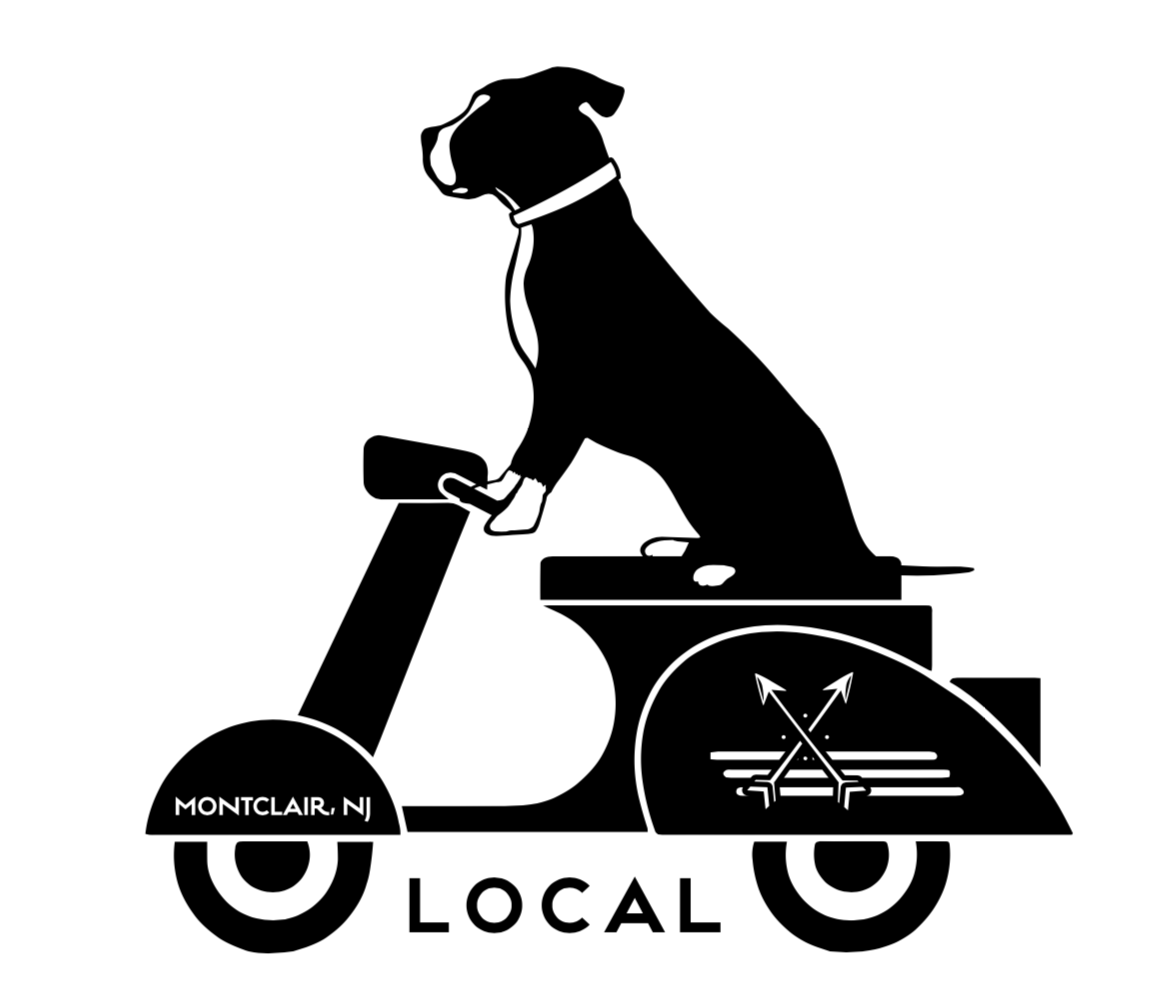What are advent calendars and why do you make them?
Advent is an annual three-to-four week season leading to December 25. Traditionally, advent calendars are made in Germany and available at christkindlmärkte (Christmas markets). A viewer opens a small door each day to reveal hidden images. The calendars often depict holiday scenes based on 19th century paintings. They are enjoyed each year during a season intended to be a time of joyful anticipation.
Advent calendars come from a particular cultural practice, but the concepts they represent are universal. Across cultures, people look forward to certain things. Remember waiting with excitement to see an old friend? Or how we look forward to gathering over a special meal? We search for ways to hold on to memories of meaningful times and places.
I make advent calendars to help mark time. December has, sadly, become stressful for many of us, and my goal is to restore a sense of anticipation. I’d like to slow the fury of this time of year with a simple practice and beautiful imagery.
What is your process?
Each calendar concept takes about a year to complete. I start with a general sense of a place and time I’d like to celebrate. The next step is to translate that memory into a scene and a related collection of drawings. After the idea is generated, I draw. And I draw. And I draw some more.
Then it gets technical—the drawings are organized to correspond with parts of the main scene. They also tend to follow a sequence. In “Houston house,” for example, the hidden drawings narrate three years of related experiences shared by a group of friends. Some calendars are highly specific, and individual doors are keyed to dates when events occurred. For example, in “Tex-Mex Christmas,” our Lady of Guadalupe appears on December 12, as she is said to have done in 1531 in Tepeyac, Mexico. After the drawings are done, color copies are made and doors are cut by hand into the main scene. The drawings are attached, and each door is numbered. If the calendar is idiosyncratic, I’ll include a legend on the back. But part of the fun is the surprise of opening each door! You don’t always know what’s lurking back there.
How do you choose the subjects of your calendars?
The first calendar I made was for a friend, to mark one year of knowing each other. I drew his exquisite studio apartment and hid references to topics we had discussed, things we had seen together, and places we had visited. This year’s calendar was a love letter to Houston, my hometown. I am currently working on two designs for next year: the Kadıköy neighborhood in Istanbul and a “badvent calendar” for Halloween. I could also see a Montclair calendar in the cards…
Sometimes there’s lid flying off a pot or an upturned chair. What are those about?
I like to include some whimsy. The main scenes I draw are location-specific and include a lot of observational detail. The unexpected element can lighten the mood a bit.
Conceptually, what does being local mean to you and how does it play a part in your process?
Local means finding the beauty in the everyday and the easily overlooked. There are unexpected patterns that emerge if we keep our eyes open. When I’m out, I ask myself: what am I looking at? And when I look, what am I seeing?
What has living in Montclair meant for you and your work?
Montclair is a human-scaled place. Being able to bike, walk, and take the bus around lets me observe my surroundings. Plus, Montclair residents are open-minded and curious. It’s a good combination for creating site-specific art.
What role do paper calendars have in contemporary, web-based culture?
A vital one. Paper is one of our early technologies for recording and communicating experience. Today, there are many ways to track time electronically. And think of all the automatic reminders we use. That doesn’t have to be the exclusive way of organizing our days. I have a mild online presence, but these calendars are meant to be experienced in person.
Tell us something about calendars that only you or very few people know.
There are so many ways to organize time! And there are examples all over the world on how to do it. I tried using a calendar once where the week ran from Monday through Sunday instead of the typical Sunday through Saturday. It was disorienting at first. But then it made me think about how visually grouping Saturday and Sunday together could reorient our entire workweek. Time is remarkably fluid.
What is your favorite coffee or tea beverage?
Affogato! For a fleeting moment, it’s hot and cold at the same time. It’s best enjoyed the minute it’s served. And it has such a serious name for such a delightful beverage.































